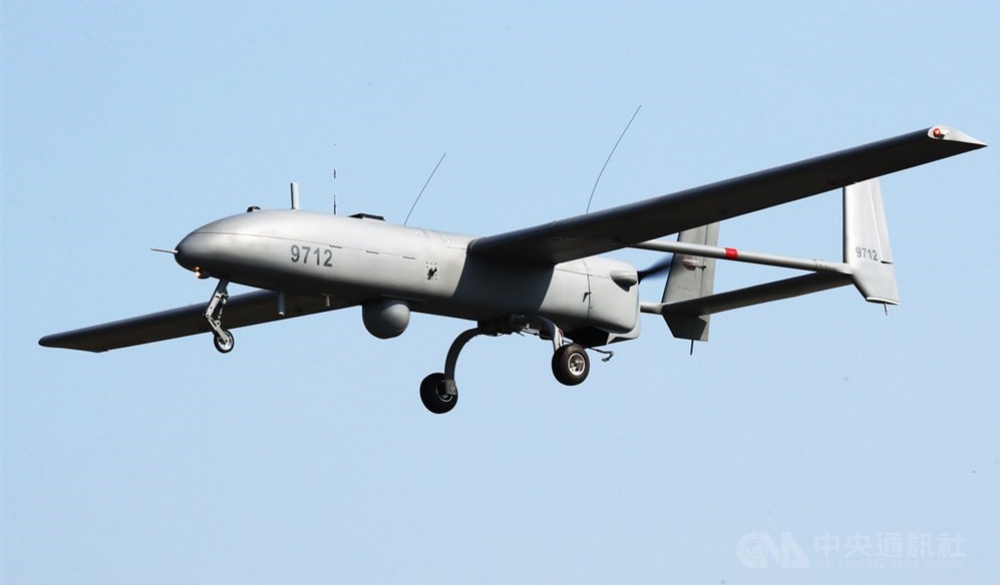The Taiwanese military announced that in response to the January 2019 drone crash and other mechanical failures, its entire fleet of Albatross unmanned aerial vehicles is to be upgraded.
To prevent future crashes, the National Chung-Shan Institute of Science and Technology (NCIST) has developed what it is calling the “Albatross Unmanned Aircraft Systems (UAS) Disappearance Source Management and Operational Reliability Improvement Program.” It has already upgraded 26 Albatrosses to improve mechanical stability and enhance flight safety, reported CNA.
Designed by NCIST, the Albatross UAV is Taiwan’s first domestically produced unmanned aircraft. It has reconnaissance and target acquisition capabilities and is primarily used to detect ships belonging to China’s People’s Liberation Army Navy (PLAN).
The drones were in September 2017 formally transferred from the Army Aviation and Special Forces Command to the Naval Fleet Command, which is now responsible for their combat readiness and maintenance.
During the UAVs’ first 10 years of service, the Navy will regularly study damaged drones and recorded data and suggest improvements to NCIST, according to the military. Simultaneously, the Navy plans to professionally certify UAV operators, strengthen simulator training, increase the qualification rate of operators, and improve flight safety.
The military stated that a staff of 26 qualified operators can meet the fleet’s combat readiness requirements.
The Navy announced last January that an Albatross UAV had managed to take the first aerial photographs of PLAN electronic reconnaissance vessel the Polaris. As of January 2019, the drones had detected 730 vessels both military and commercial.
Each Albatross drone has a 5.3-meter fuselage and 8.6-m wingspan. It can carry a payload of 55 kilograms and fly at an altitude of up to 4,000 m for a maximum of 12 hours.
Source: Taiwan Times

